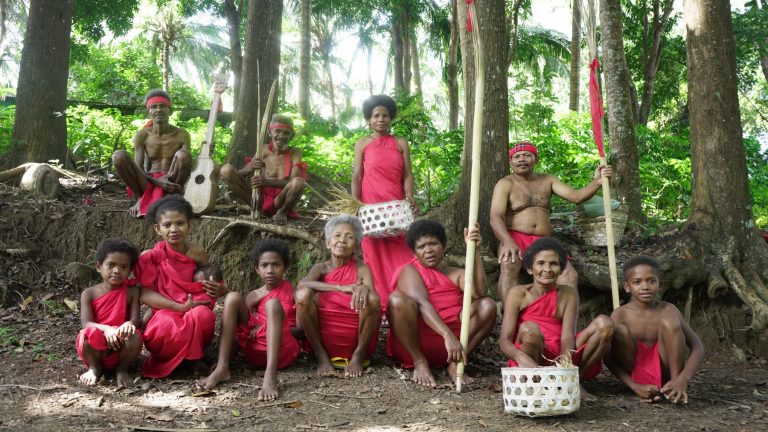
The early human race, Denisovan, has so far been associated with a lot of mystique. Since there have only been one finding of Denisovan fossils ever, in form of five tiny bone fragments, many questions have remained unanswered. A new Swedish-Filipino study has unintentionally made a discovery that could go long way in answering some of these questions, CNN Philippines writes.
Their researchers who made the discovery where in fact doing a wider study on human history in the Philippines that involved studying the genetic makeup of 118 different groups in the country. But in studying the indigenous Ayta Magbukan group they found that they had a 5% DNA similarity to the Denisovan fragments found in Siberia. Denisovan ancestry has been found in other East Asian people before but never in these quantities.
The findings have excited many researchers who are very expectant as to what the new study might teach us about the archaic days of human evolution
“If the results are accurate, then human colonizations of the Philippines and surrounding regions were even more complex than we thought up to now. It also appears that our ancestors may have interacted more widely with Denisovans than Neanderthals — a much more deeply studied early human who lived in Europe and some parts of Asia until about 40,000 years ago,” said Chris Stringer, a professor and research leader in Human Origins at The Natural History Museum in London. He was not involved in the study.
The new findings have also made some scientist optimistic about finding more Denisovan remains in Southeast Asia an area that has previously been somewhat neglected in archaeological studies. The new findings are therefore showing great promise that this region could reveal even more about the early human history.
Aside from the Denisovan finding two new types of archaic humans in the Philippines and Indonesia have also recently been discovered in the region. Maximilian Larena who is the study’s author and a researcher at Uppsala University also believes that more research ought to be done in Southeast Asia.
“Island Southeast Asia is still relatively underrepresented. However this may change in the future given the increased interest in the region. Our study, together with the recent discoveries on Homo luzonensis and Homo floresiensis, brings Island Southeast Asia at the forefront of research in human evolutionary history,” Maximilian Larena says.
